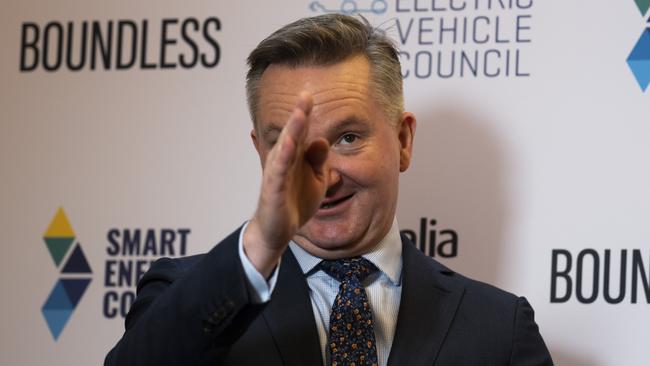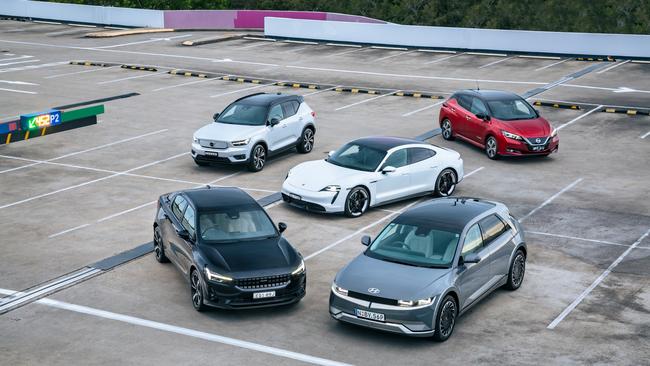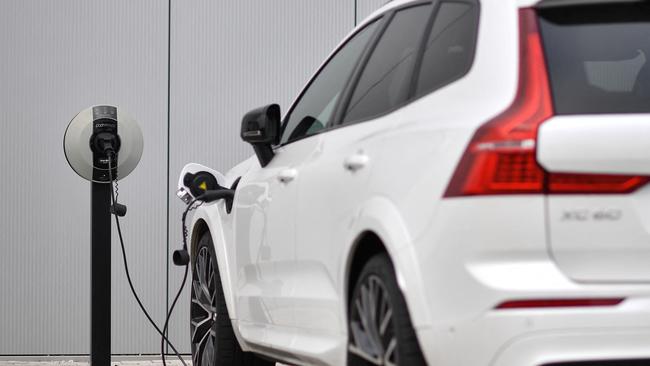Richard Blackburn: Government’s CO2 emissions target for vehicles still a long way off
The Federal Government is considering introducing a CO2 target for vehicle emissions to boost supply of EVs. But we’ve been down this road before, argues Richard Blackburn.
Motoring News
Don't miss out on the headlines from Motoring News. Followed categories will be added to My News.
Climate Change and Energy Minister Chris Bowen is the toast of the town among electric vehicle advocates today after announcing the government would shortly release a discussion paper on how to reduce CO2 emissions from the transport sector.
After a suitable consultation period, the government plans to work with the states to develop a national electric vehicle strategy that is likely to include a mandated CO2 emissions target for carmakers, with financial penalties for those that don’t comply.
The car industry has welcomed the announcement. It has argued that the lack of an enforceable target has led to Australia becoming a dumping ground for inefficient vehicles. Head offices around the globe are sending EV supplies to markets like Europe, which have strict CO2 targets and harsh penalties for noncompliance.

A CO2 target would send a strong signal to the global car industry to send more EVs Down Under – or else.
But before you rush out and order a new EV, history tells us that discussion papers aren’t always worth the paper they’re printed on.
Kevin Rudd first released a discussion paper on CO2 targets back in 2008, but it never morphed into policy in the five years Labor was at the helm. Malcolm Turnbull was the next to have a crack in 2015 and alas that was binned as well.
Things got so desperate that the car industry came up with its own voluntary target in 2020, although as you’d expect, it was very soft – a bit like putting the fox in charge of security for the hen house.

So what would a CO2 target mean for the average punter?
According to Mr Bowen, it will make EVs more affordable, create more choice in the market, increase EV uptake, reduce emissions and save us all money on fuel.
That may well happen eventually but there are some fairly large obstacles to overcome in the short term.
Firstly, there is a long way to go before EVs are affordable. Our top-selling EVs, the Tesla Model 3 and Model Y, cost about $68,000 and $75,000 respectively. Kia and Hyundai’s EVs start at roughly the same price.
The Chinese-built MG ZS EV is relatively cheap at $46,990, but that’s still roughly $17,000 more than the petrol version of the same car.
Bowen says he doesn’t want EVs to be “the preserve of well-off people in urban areas”. But they’re still a mile off being affordable for a Labor heartland struggling with rising cost of living prices.

Perhaps that’s why the Minister made no mention of incentives for EV buyers.
Most countries have combined a CO2 target with generous incentives to boost EV sales but it doesn’t seem to be on the government’s agenda. The Greens have called for a $10,000 incentive, but Labor is rightly wary of putting taxpayers’ money in the pockets of someone able to afford a $70,000 car.
In the absence of a hefty subsidy, it’s unlikely that EV affordability is likely to improve any time soon. Most in the industry predict EVs won’t have price parity with petrol and diesel vehicles until 2030.
Then there’s the matter of EV supply. Given the global shortage of EVs, bringing in a CO2 target that’s premature or too punitive could simply push up the price of petrol and diesel cars. If carmakers can’t sell enough EVs to offset their sales of utes and SUVs, the penalties will be passed on to the buyer.
That will go down like a lead balloon with the public.





